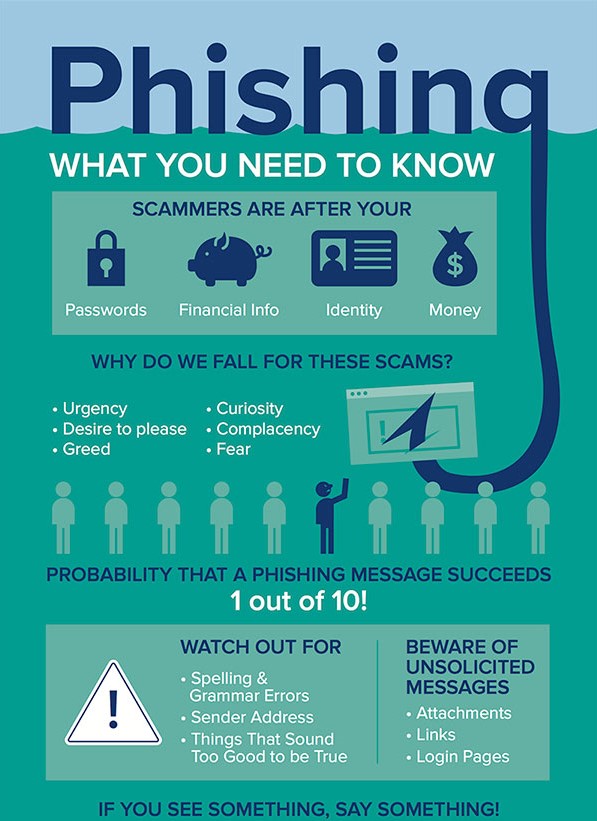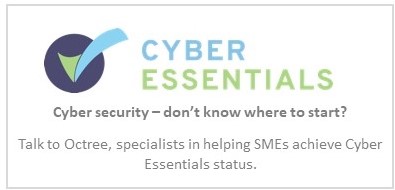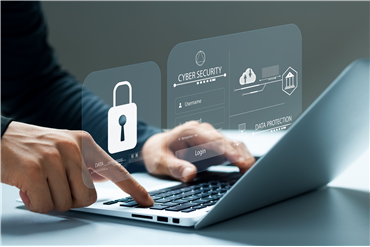Email is the prime attack vector for cyber criminals
Email security is crucial in today's digital landscape as it protects sensitive information from unauthorized access and prevents data breaches. With email being a primary communication tool for businesses, it is also a significant target for cyberattacks. Here are some key points highlighting the importance of strong email security, statistical examples of threats, and effective security measures:
Importance of Email Security
Email security is essential for safeguarding sensitive information such as personal data, financial records, and intellectual property. It helps prevent various cyber threats like phishing, malware, and spoofing attacks, which can lead to data breaches and financial losses. According to reports, 94% of malware is delivered via email, and 96% of phishing attacks originate from emails. Phishing attacks are particularly prevalent, with 84% of businesses reporting such incidents.
Email Threats and Breaches
- Phishing: A major threat where attackers deceive individuals into providing sensitive information. It accounts for a significant portion of cyberattacks, with 94% of organizations falling victim to phishing attacks.
- Malware: Malicious software delivered through email can compromise systems and steal data.
- Business Email Compromise (BEC): Involves impersonating a business executive to trick employees into transferring money or sensitive data.
Download Barracuda's email threat paper here: The 13 types of email threats
Security Measures To Consider
Email Filtering and Gateways
Effective email filtering through gateways can help detect and block malicious emails before they reach the inbox. This includes using anti-spam and anti-virus filters to identify suspicious content.
Authentication Protocols
- Sender Policy Framework (SPF): Lists authorized mail servers for a domain to prevent spoofing.
- DomainKeys Identified Mail (DKIM): Uses cryptographic signatures to verify the sender's identity.
- Domain-based Message Authentication, Reporting & Conformance (DMARC): Works with SPF and DKIM to provide instructions on handling unauthenticated emails.
- Brand Indicators for Message Identification (BIMI): Displays verified brand logos in emails to enhance trust.
Email Encryption
Email encryption is vital for protecting the confidentiality of email content. It ensures that only intended recipients can read the message by converting it into an unreadable format using cryptographic keys. There are two main types of encryption:Transport Layer Security (TLS): Encrypts emails during transmission between servers.
End-to-End Encryption: Ensures that only the sender and recipient can read the email content.
Additional Measures
- Regularly updating security software and protocols to protect against evolving threats.
- Educating employees about recognizing phishing attempts and other cyber threats.
- Implementing multi-factor authentication to add an extra layer of security.
In conclusion, robust email security measures are necessary to protect against the ever-increasing sophistication of cyber threats. Implementing comprehensive security protocols like SPF, DKIM, DMARC, BIMI, and encryption can significantly reduce the risk of email-based attacks and ensure secure communication within organizations.
To talk more about secure email, email encryption and secure file sharing just call 01462 416400 or email [email protected]


Here are some worrying email security statistics:
Phishing remains a primary attack vector:
94% of organizations fell victim to phishing attacks in the last 12 months.
96% of phishing attacks are delivered via email.
Phishing was identified as the leading infection vector in 41% of incidents.
Impact of phishing attacks:
The average cost of a phishing attack to businesses is $4.9 million per incident.
$17,700 is lost every minute due to phishing attacks.
Business Email Compromise (BEC):
BEC accounts for 19% of data breaches.
79% of account takeover attacks started with a phishing email.
Malware delivery through email:
94% of malware is delivered via email, making it the most common method for distributing malicious software.
Frequency of attacks:
57% of organizations experience phishing attempts on a weekly or daily basis.
Human factor:
68% of breaches involved a human element in 2024, often related to email-based social engineering attacks.
Cybersecurity professionals' concerns:
95% of cybersecurity leaders admit to feeling 'stressed' about email security.
52% of cybersecurity leaders are most concerned about attacks from compromised supply chain email accounts.
Prevalence of email-based threats:
Almost 1.2% of all emails sent are malicious, amounting to approximately 3.4 billion phishing emails each day.
Ransomware connection:
35% of ransomware attacks come through email.

To find out more about how we can resolve your IT issues please email or call us:
Send us an email Call us +44 (0)1462 416400













